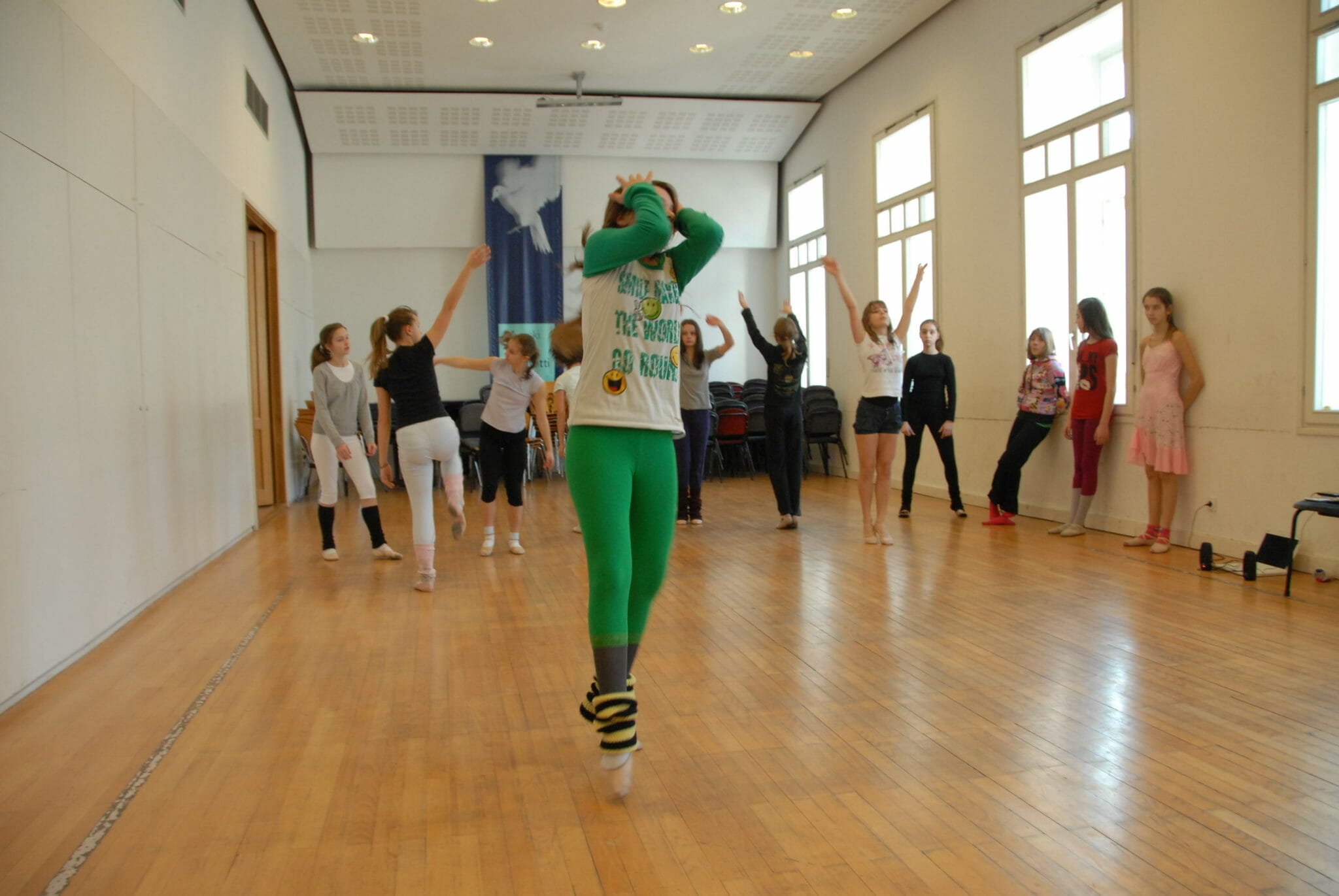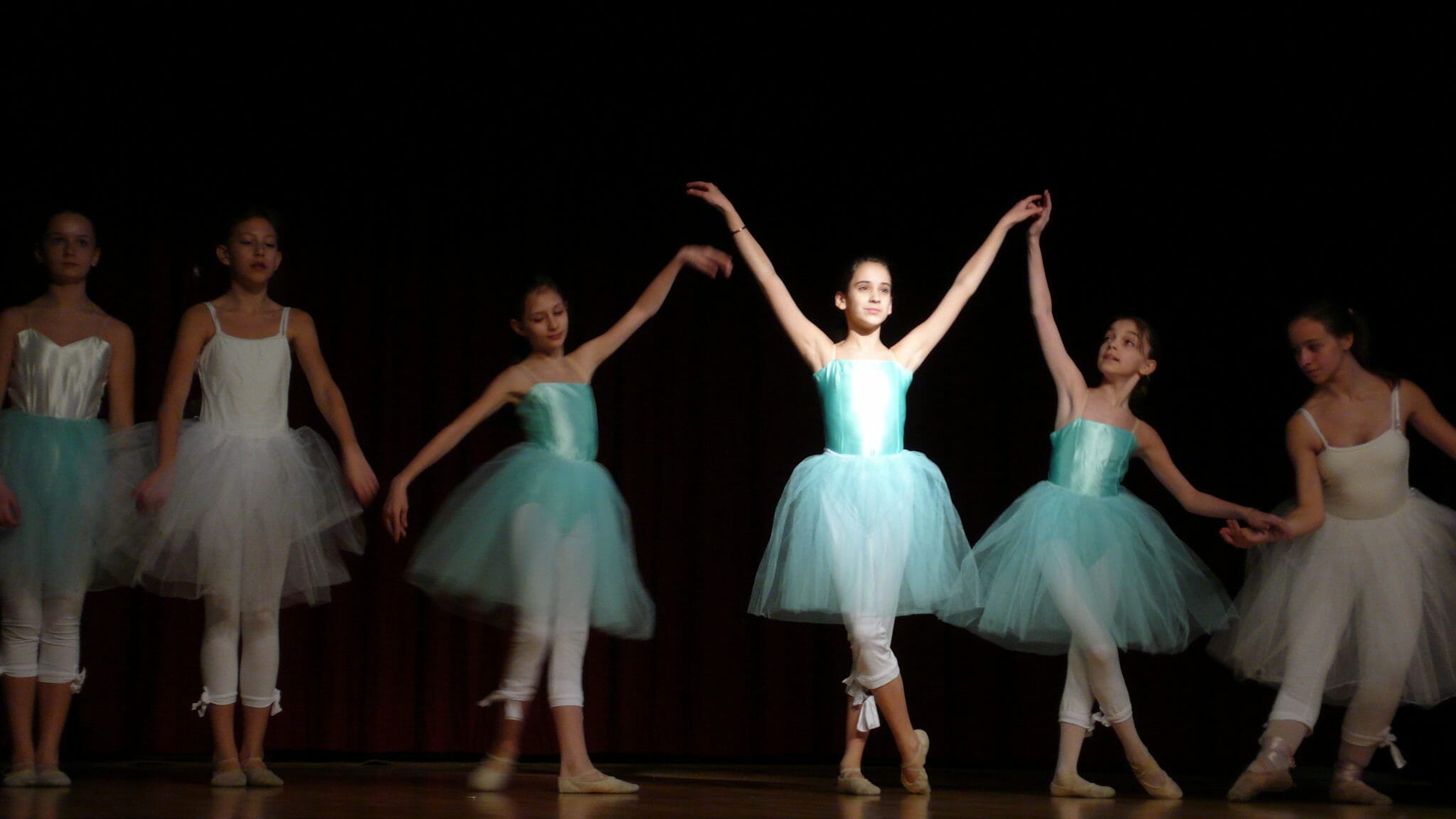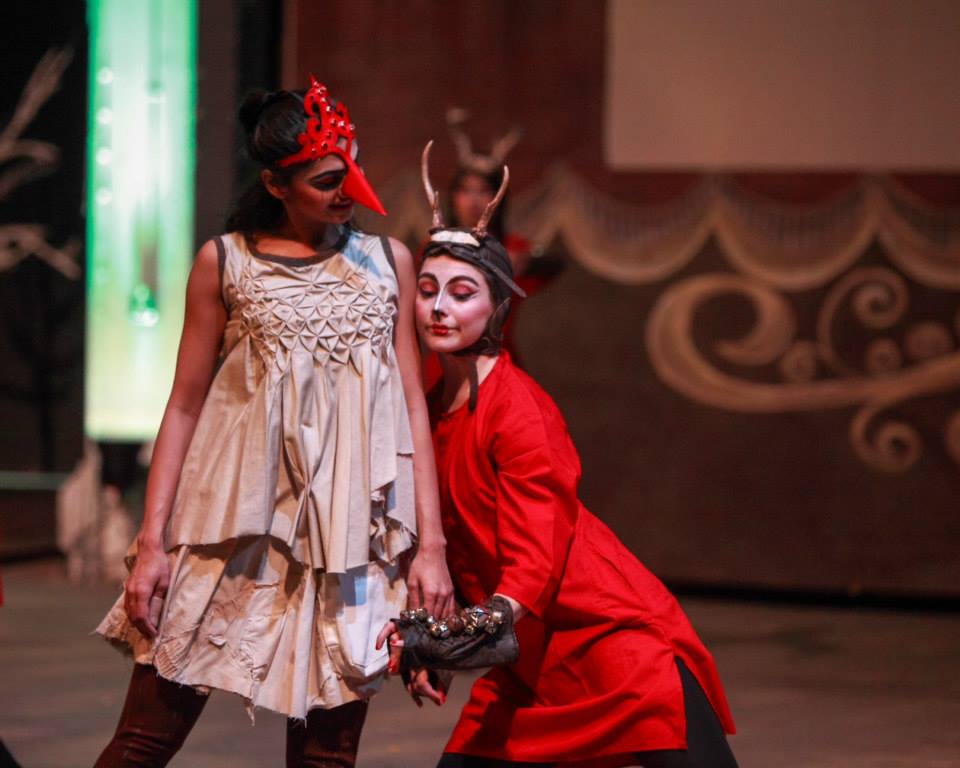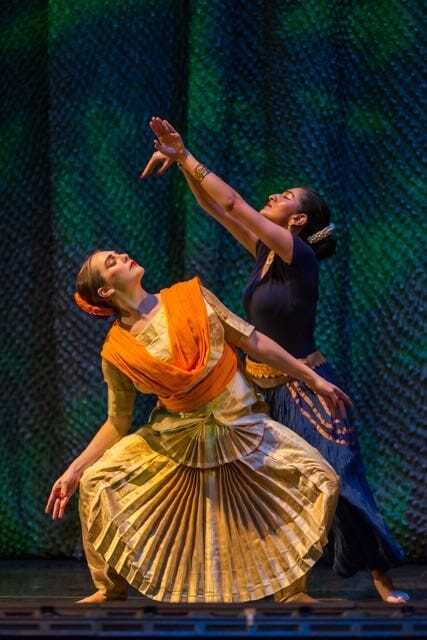If you are a proud Sanctuary City Chicagoan, you couldn’t think of anyone you’d rather have representing you near a sign that reads “Chicago is With You”.
Meet Ashley Fargnoli, one of the mental health first responders who, when we spoke to her, was working three-hour volunteer shifts at O’Hare, stationed near the lawyers who similarly ply their trade to blunt the chaos and pains caused by Trump’s immigration policies. Fargnoli explains, “It’s fortunate when it is slow.. Everyone with questions can come up and ask. It’s not only people caught in the travel ban list but also people from Mexico, Columbia, Uganda, Jordan and other places. Some have been stopped for more than four hours. We provide support and connect them to services…There is a lot of flux and so much fear…”
Ashley started on the road that led her to O’Hare in Philadelphia. At the risk of sounding a bit cliché—it IS a road less traveled, with pit stops in war zones trying to heal, train platforms transformed into mental health therapy centers in rural India, Ivy League schools, chic stages in France, New York, Chicago, and more.
She was just three years old when Ashley announced to her mother that she wanted to be a dancer. They had just seen a neighbor’s dance recital. There was a dance school down the street from their Philadelphia home. However, they wouldn’t enroll Ashley until she turned four.
One senses that Ashley’s desire to become a ballerina waxed strong during that imposed year-long wait. Or maybe it is just an innate determination that has carried her along her life’s road on and off dance stages and beyond.
From those first lessons, Ashley was only seven years old when she landed her first Nutcracker part with the Pennsylvania Ballet. For the next decade, dancing Balanchine’s version of The Nutcracker became a yearly ritual. She confesses that she still loves it, and makes a point to see it each year, explaining that this isn’t always the case for one-time children drafted into service for this yearly yuletide ritual. Ashley shares, “I still have a desire to dance in The Nutcracker and am known to threaten to put my pointe shoes back on to do a few more before it’s too late. I tore my ACL a few years ago, and that has sidetracked me, but I just would love to do it again. Some children are traumatized by this kind of experience. For ten years I performed this more than 30 times a season. But for me it was a great experience. When I was 7 years old it meant rehearsals three times a week but when I became 12 or 13 it went up to 6 days a week. I would go to rehearsal straight from school and on some days I would get out of school early so I could dance from 3:00 – 8:30…
“The dance school was far away from our house. My mother would pick me up from school and drive me back and forth to dance lessons and rehearsals, sometimes several times a day. She was very supportive. I think someone had told her that I had talent and she was very excited about that and wanted to help me advance in any way she could.”
Ashley’s father was equally supportive but when she was only twelve he passed away, leaving her today, like many of us who have lost parents at an early age, lamenting how he never had a chance to see her career progress. His passing was a deeply formative event for her as it would be for any teen, but also one with a particular impact on her dance career that she was only able to fully appreciate a dozen years later.
Meanwhile, throughout high school and later college, dance was almost always Ashley’s major focus. There were many mentors along the way— famed Hungarian ballerina Eva Szabo; Cuban ballerina Margarita de Saa; and at a key personal turning point also Leslie Brown, the dancer of the film called Turning Point starring Ann Bancroft, whose words of encouragement so instilled confidence in young Ashley, then with American Ballet Theater’s school and at the crossroads.
Practically minded, Ashley decided to major in Political Science and European Studies at Barnard in case she injured herself and would no longer be able to dance. Truth to tell, she danced as much as her fellow students pursuing dance majors, some of whom later danced with Merce Cunningham and could have earned a concomitant dance degree.
Her decision to also study these non-dance subjects later proved providential for other reasons, as it brought her first to France and Italy, infecting her with a serious case of travel bug and compelling her to learn a few more languages. In turn that led her to study with Ballet de Lorraine in France and then to travel to Bosnia Herzegovina for what she calls “dance work for reconciliation” and also doing dance as a way to work with the marginalized Roma population.
It was during her time in Europe that Ashley learned about a project in India that was using dance to work with survivors of human trafficking. She signed on to intern with the young organization, where she both helped with the administrative side of things while also teaching aspects of ballet and modern dance to the trainers in this institute. Ashley recounts, “They were really at the very beginning of forming their program. Some Western dance therapists were there to help and they were trying to figure out the most culturally appropriate ways to work with these survivors of trafficking. The founders of the program were survivors themselves, along with a sociologist. It was a beautiful model—they had gone through dance therapy for their own personal therapy and then they were becoming dance therapy practitioners to help others in the community who had gone through similar experiences. They were role models. It was my first real introduction to dance therapy, and it was what led me to pursue a graduate degree in dance therapy…
“I would attend the sessions and follow the trainers to shelter homes and even railway platforms where they sometimes held classes, with workshops off to the sides.”
Ashley watched closely—very. Later, the subject of how survivors of human trafficking were able to maintain their stability and prevent themselves from re-traumatization while working with other survivors become the topic of her masters thesis.
But before those studies began, Ashley returned to Bosnia Herzogovina, this time for two and a half years, to continue her work using dance as a peace worker. Teaching at United World College and also dancing with the National Ballet of Sarajevo helped her get by, but what really sustained her was her work to bring children of different ethnicities together to dance in one or another program she developed with Kickstarter funding. She recounts, “I was living in Mostar, a very segregated city and a very beautiful city. It was the most bombarded city during the war and was still very ethnically divided with the East being Bosnian Muslim and the West Side being Catholic. There wasn’t much crossover between the two sides.
Here is a video of the Genesis:Sarajevo group performing a site-specific work choreographed by Ashley Fargnoli and filmed by Jake Iodwick with editing assistance by Ashley.
Heart of Sarajevo from Ashley Fargnoli on Vimeo.
“…I was teaching in dance schools on both sides of this divide and wanted to have a performance with everyone—East and West. It was the parents who were hesitant to have their children dance together. At a Blues festival I was able to get all the students in the same program, but not dancing in the same piece.
“That was a start. Then, I was able to get these diverse students in the same room and we worked together to create choreography. I was working both with students from Mostar, Belgrade and Sarajevo…First I was recording what the other groups were doing and bringing this to the other cities, working with them to create a choreographed response. We went around twice and then for three days we came together to put together the work of the prior half year, then touring from Sarajevo to Mostar, and then to Belgrade…
“People did make friends across ethnic lines and that was the most beautiful part…We would be heading to Belgrade, for example, and one of the dancers would start crying because her grandmother had told her of the place but she had never seen it…They were also staying at each others’ houses.. These were great experiences for everyone,– and powerful.”
Here is a video capture of this cross-ethnic performance, summarized by Ashley Farnoli as follows, “3 Notes is a collaborative dance and video performance directed by Ashley Fargnoli (USA), including 30 dancers from Mostar, Belgrade and Sarajevo. These dancers from 3 cities have created choreography together working at first through video exchanges. They came together for the first time 3 days before the performance in Sarajevo. This process was meant to reflect the true nature and power of dance, one that is non verbal and that transcends all words.”
3 Notes – Mostar Performance from Ashley Fargnoli on Vimeo.
There she was—in her 20’s, only five years from graduating Barnard with honors and only a few years from gaining a Masters Degree from the Institut d’Etude Politique de Grenoble ,and with honors galore from Deans Lists, Magna Cum Laude, scholarships to the likes of Jacob’s Pillow and more. Ashley though, has tasted the power and passion of healing and that is what set her on a course to pursue a dance therapy degree and with these skills continuing the human rights activism that recently had landed her at O’Hare airport, meeting bewildered travelers caught in the immigration hysteria of our days.
Ashley recounts, “When I was twelve and my father passed away dance definitely helped me get through it and enable me to process what had happened. It had been very sudden. Looking back, I now see that having that form of expression, dance, was very importan,t and it has helped me to understand the power of dance in healing. It wasn’t until much later when I heard of dance therapy…
“…Dance therapy, one of the six creative art therapies, is built upon authentic expression through movement. Trauma affects the body. We have physiological responses and sensations from trauma. Dance therapy helps us gain body awareness to find a sense of safety in the body. It’s especially effective with survivors of sexual assault. It’s now used also to help people with eating disorders and now too with people suffering from dementia who are having trouble expressing themselves verbally. Dance can help create neural pathways in the brain. It also helps people with autism spectrum disorders or Downs syndrome who also can’t express themselves verbally with ease…
“Trauma is distorting and we don’t remember everything that happens. We can process things on a body level and gain control of our bodies…”
It is Chicago’s luck to have Columbia College and one of the best programs in the world to study dance therapy. That is what brought ever so able Ashley to our city, and where she plies her talents as a therapist, continuing her work with Bosnian and other refugees in Chicago’s Hamdard Center.
How she finds time to do it is a bit of a mystery, but Ashley, since arriving in Chicago has been performing both her own works and working as a teaching artist with many of Chicago’s best dance troupes (Cerqua Rivera Dance Theatre, Hubbard Street Dance, Kalapriya Center for Performing Arts, among others), teaching also at the Art Institute, and now also working on a film about dance therapy in India with her documentary film maker husband, Shawn Covey. Here is a trailer—
DMT – Trailer (documentary) from Mark of Man on Vimeo.
You can also find Ashley’s pen at work on these Picture this Post pages, where she so generously donates her time to both help to promote dance in Chicago and to speak about other cultural offerings that bear on her expertise as a human rights worker. To find and read her stories, click her name in the green byline of any story. You can start with Ashley’s comments about Merce Cunningham here.

































